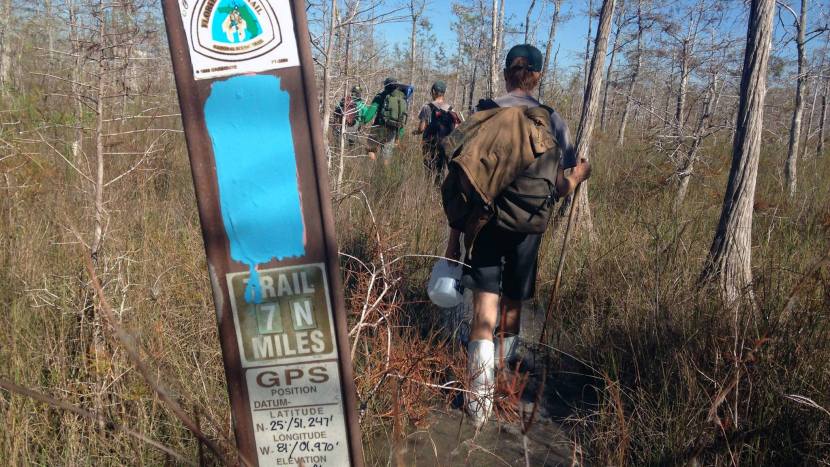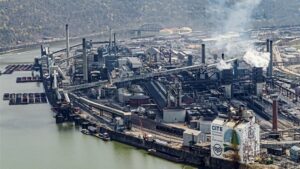Explorers inspected a second growth forest and the ecological hazards widespread deforestation poses to the Florida swampland ecosystem. Special attention was given to early succession plants, such as poison ivy, in addition to the 11 oil wells dispersed throughout the Preserve. Expedition leaders initiated political discourse and conversation concerning the origin of Big Cypress National Preserve and its designation as a public commons after first being ravaged by the effects of capitalism.
The Natural History Museum partnered with the park service to better understand the environmental and political factors influencing the ecological conditions of Big Cypress National Preserve and the Greater Everglades Ecosystem, focusing on oil wells and drilling in the Everglades and Big Cypress.






